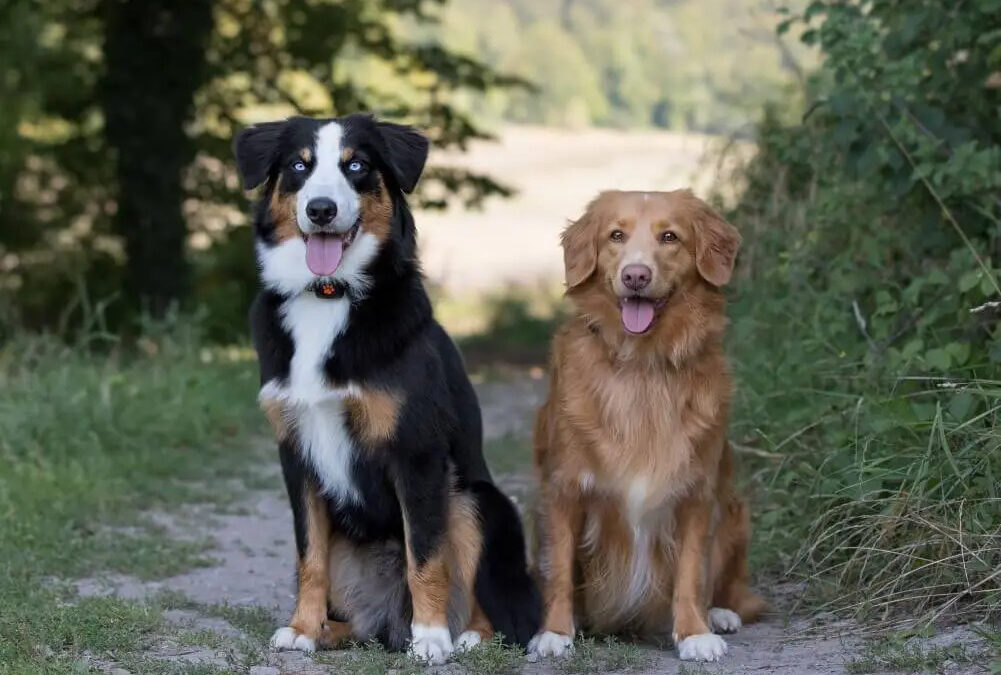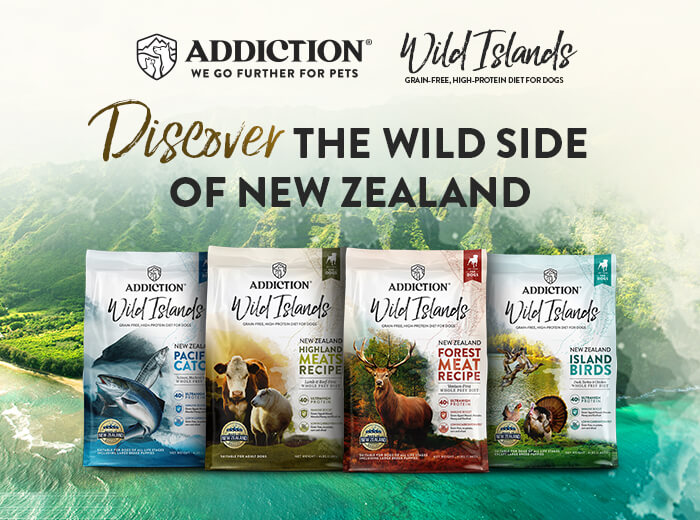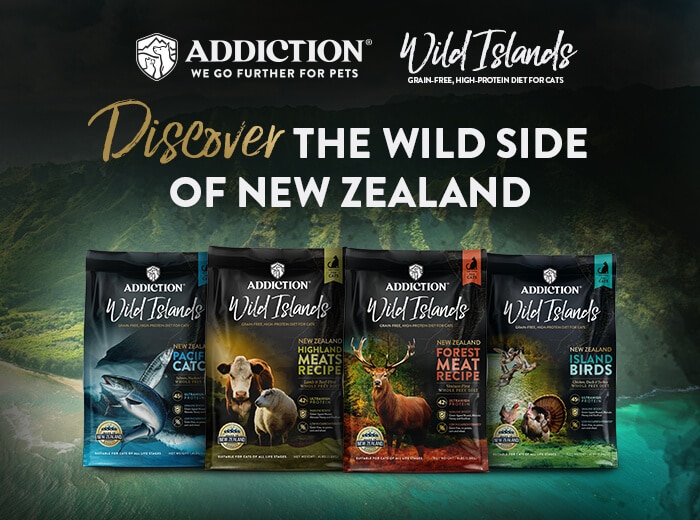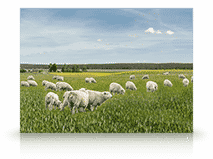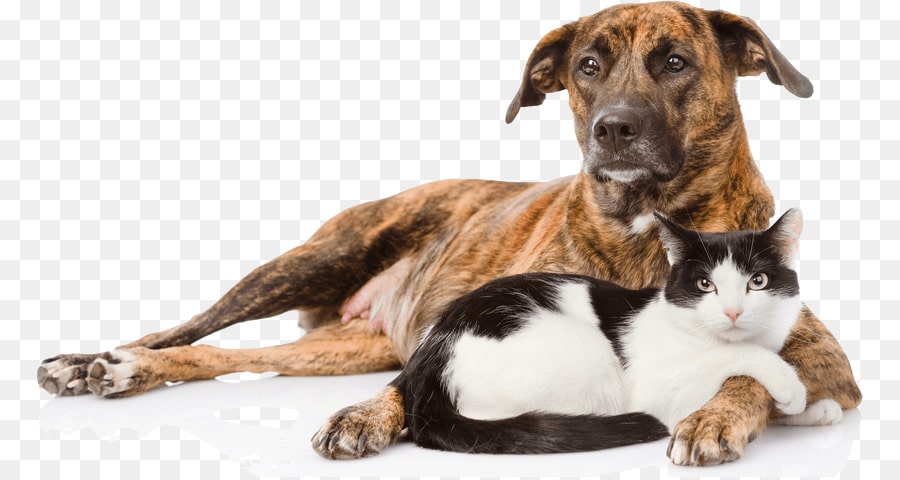More and more pet parents are now demanding the same high-quality diets they consume themselves for their pets. This includes using ingredients that were once only found in human diets, such as tapioca, potatoes, and chickpeas. The introduction of novel ingredients in pet foods leaves room for misconceptions. One good example of a novel ingredient that gets a bad rap are Fava beans.
When you type in the phrase “Are Fava beans safe for pets”, most of the online answers say no. So, why is it making its way into pet food ingredients?
What are Fava beans
Vicia faba, commonly known as Fava beans or broad beans, is a type of legume. Common legumes include kidney beans, green peas, and peanuts.
Fava beans are light green pods known for their thick and flat seeds or beans inside. They are considered ancient crops with origins that can be traced back as far as 10,200 years Before Present (BP) in Lower Galilee, Israel.
Fava beans are a good source of protein. They are also rich in folate, an important nutrient needed for normal blood formation and immune function.
Below, we addressed 3 of the most common myths about broad beans by providing information backed up by research and scholarly articles.
Myth: Fava beans aren’t safe for pets
Fact: Fava beans are safe ingredients for pet food
Most foods in their raw state can be toxic to pets. Examples of these are eggs, fish, and potatoes. But when they’re prepared and cooked properly using the right heat level, fava beans provide our pets with immense nutrients. It’s the exact same way with Fava beans.
Fava beans are only toxic when eaten raw or uncooked. There’s no reason to worry about its consumption if they have undergone proper processing. This makes dehulled Fava beans not just a safe ingredient for pet food but an effective one in boosting their energy and promoting skin and coat health.
Myth: Fava beans cause diarrhea and abdominal pain
Truth: Fava beans can lead to digestive issues if not properly cooked
Illness related to the consumption of Fava beans is most likely attributed to compounds such as phytohemagglutinin or PHA. PHA is a lectin usually found in legumes. In high concentrations, it can cause stomach problems. PHA and other compounds like vicine and tannins are removed during thermal processing – similar to how bacteria are destroyed when the food is cooked using the right temperature.
“They need to be prepared properly before being consumed,” said Björn Sjölund of the Swedish National Food Agency. “It’s very hard to estimate how common food poisoning from lectin is as it is often not reported or reported, but classified as an unknown cause because of lack of information.”
Myth: Fava beans cause favism in dogs
Truth: Favism only develops in humans with G6PD deficiency
Favism is a blood condition caused by condensed tannins in Fava beans’ seed hulls. As of this writing, there are no known cases of favism in dogs. Favism exclusively occurs in people with G6PD deficiency who either consumed fava beans or who were exposed to the pollen of the Fava plant.
In a study that evaluated Fava beans as ingredients in dog food, all 12 Beagles subjected to different Fava beans inclusion levels (0%, 10%, 20%, and 30%) for 9 days remained healthy. There were no abnormalities seen in their blood as confirmed by their CBC and blood chemistry results.
At Addiction Pet Foods, we only include ingredients proven safe and in appropriate amounts to ensure efficiency. That’s why our broad beans inclusion is less than 10% – lower than what studies recommend to secure palatability and digestibility which is no more than 20%. Every bag of Addiction Pet Foods made with broad beans isn’t just safe but also effective in promoting pets’ overall health.
What other myths could have been addressed? Are there other concerns about including these beans in pet food you have in mind? Let us know. – Addictionpet.com
Photo courtesy of Carolina Grabowska


